Warren Buffett and Charlie Munger, possibly the most successful investors of our time, have regularly emphasized the importance of rational investing or just being “rational” human beings. When Charlie was asked, “What one word accounts for your remarkable success in life?” his response was “rational.”1 Warren Buffett thinks similarly as seen in Berkshire’s annual letter where he stated his successor will be a rational, calm and a decisive individual”.2
So What’s Rational Investing?
Rational is to be sane, reasonable, of sound judgment, and to derive from reason. As a fresh and ignorant investor, you may, as I did, think you are all of these. And if we were all truly rational, then why are we less successful than Charlie and Warren? One reason is that we haven’t yet become aware of our subconscious biases that influence our daily lives, meaning we aren’t always rational.
The Decision Quality Process
A wonderful tool we have available to become more rational is the decision quality process. Decision quality is a “practical and systematic approach that methodically breaks down barriers and improves the quality and timeliness of important decisions.”4 Each time HIT Investments makes an investment decision of when to buy, hold, or sell, we run through the following 5 steps:
- Frame – What is the goal of our investment? (Personal Situation)
- Alternatives – What are our investment choices? (Stocks, Funds, Bonds, Alternatives, Real Estate)
- Information – What do we need to know? (Leading Indicators, Fundamentals, Costs)
- Values and Tradeoffs – What consequences do we care about? (Risk and Return)
- Sound Reasoning – What are our behavioral biases? (Stay Rational)
Steps 1-4 lay the foundation to make a rational decision. With the foundation, we can focus on becoming aware of the subconscious biases that could influence our choice.
Daniel Kahneman a psychologist and Nobel Prize winner in economic science spent much of his life researching and building empirical findings that successfully challenged the accepted assumption of human rationality.3 His conclusion was that he himself succumbed too many of the same biases he studied. His guidance was not for us to eliminate these biases from our life but to learn and become aware of them.
We will take Daniel’s lead and continue to progress our understanding and awareness of behavioral biases and decision qualities specific to personal finance and investing. If you want to improve your rationality and haven’t done so already, you can follow us here.
If you can’t wait for the next post, I recommend reading these books: Thinking, Fast and Slow by Daniel Kahneman and Decision Quality by Carl Spetzler, Hannah Winter, and Jennifer Meyer.
1Charlie Munger’s Almanack
22015 Berkshire Hathaway’s annual shareholder letter
3Thinking, Fast and Slow
4Decision Quality


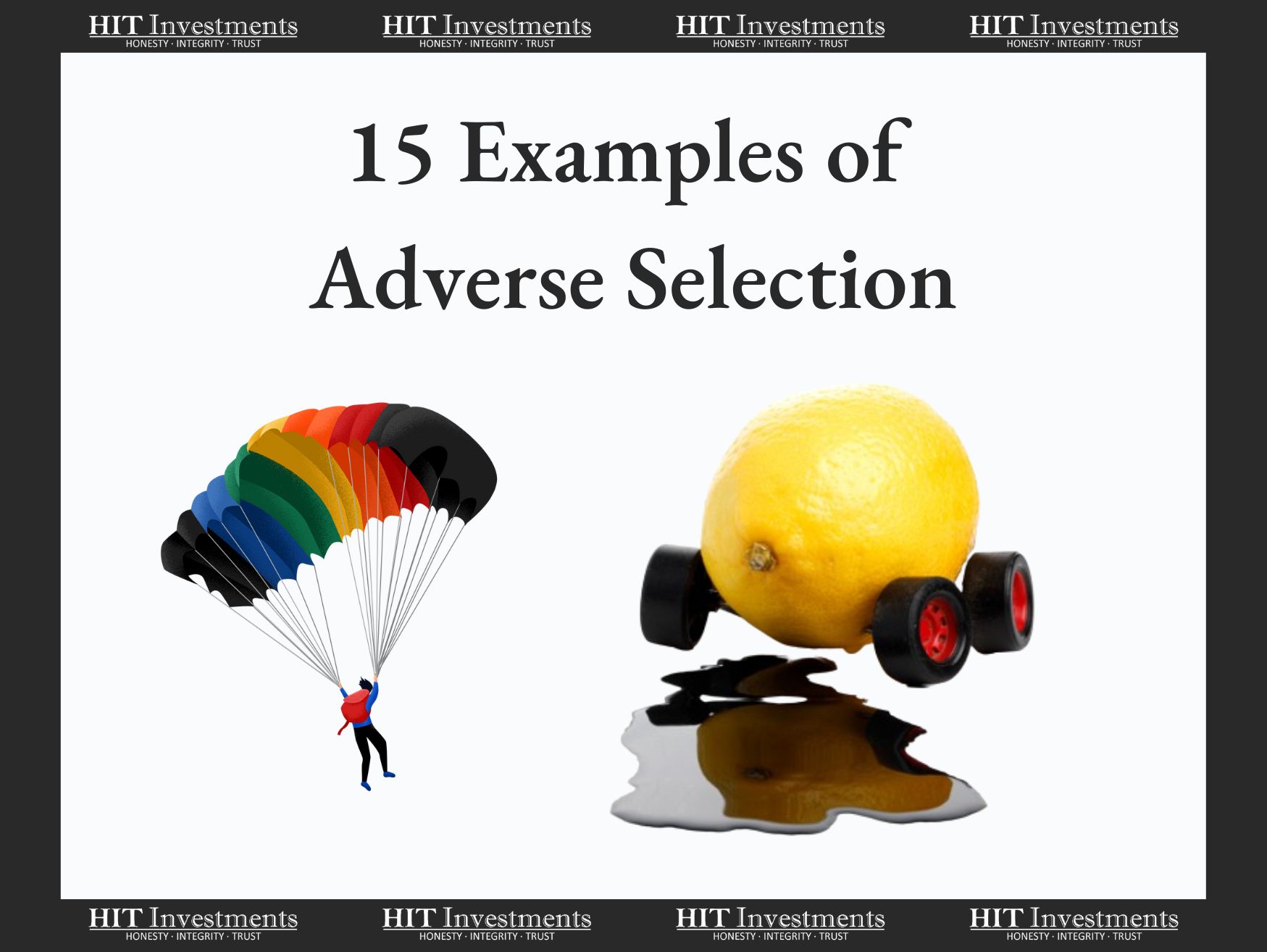
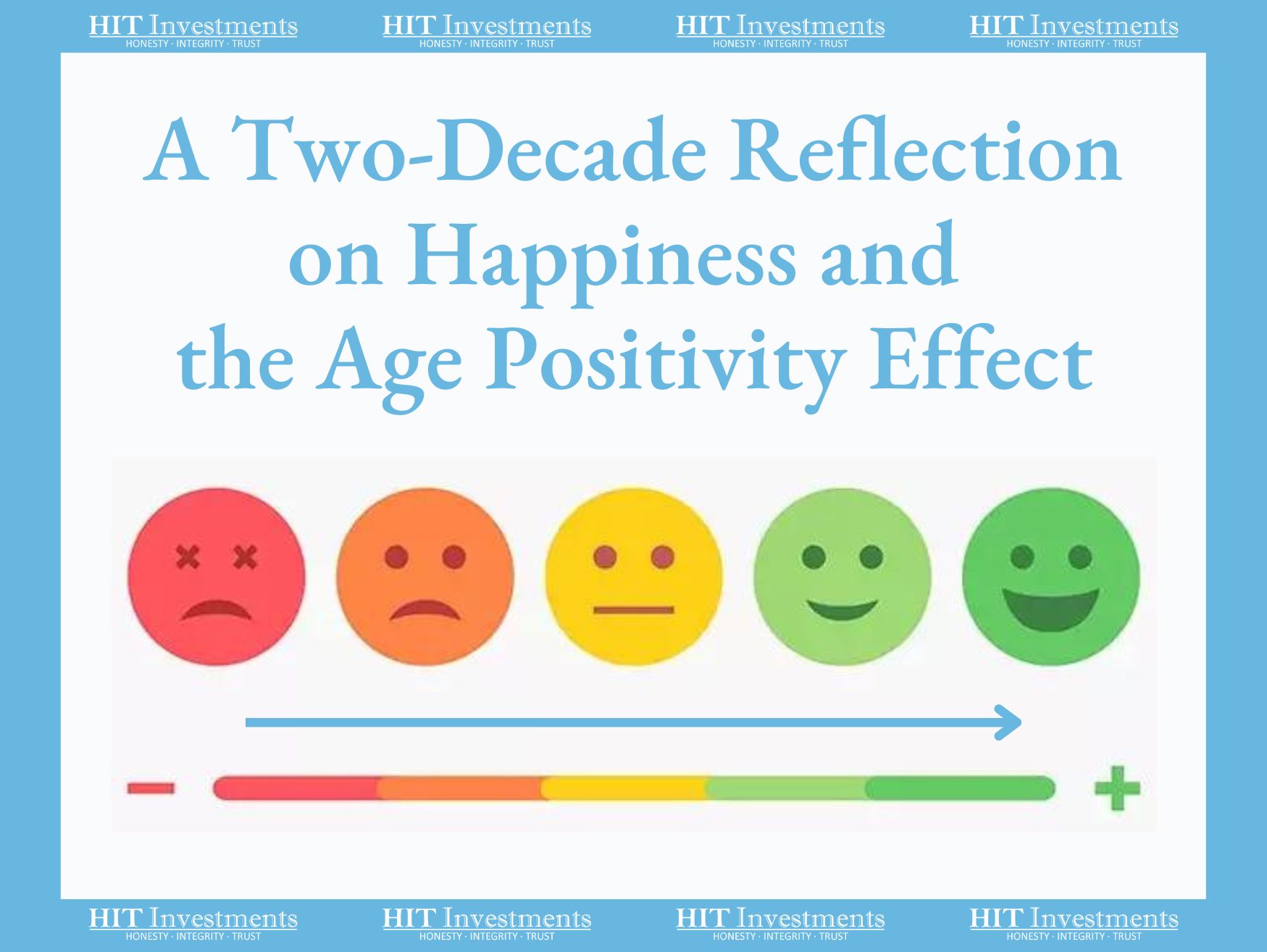
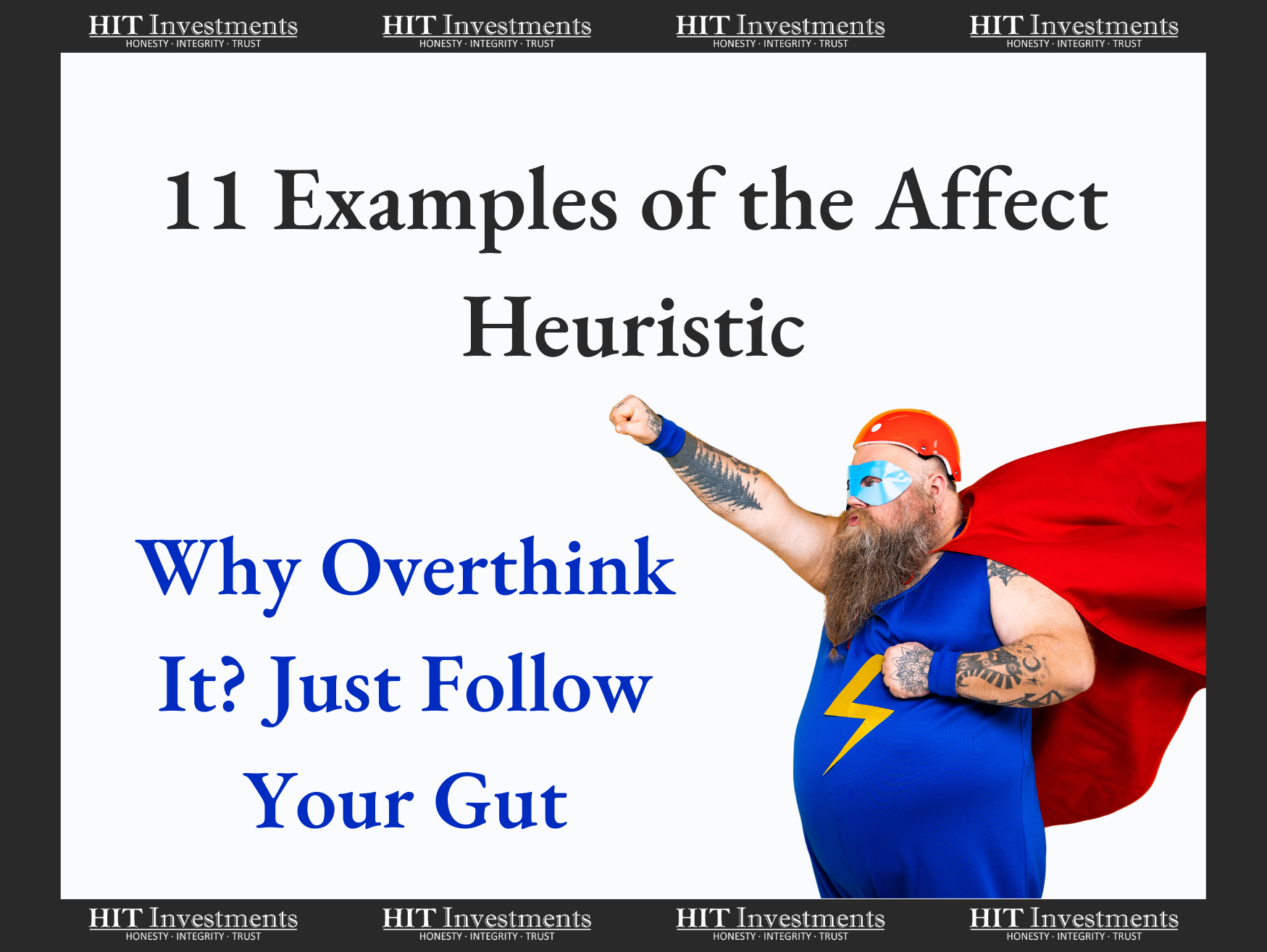
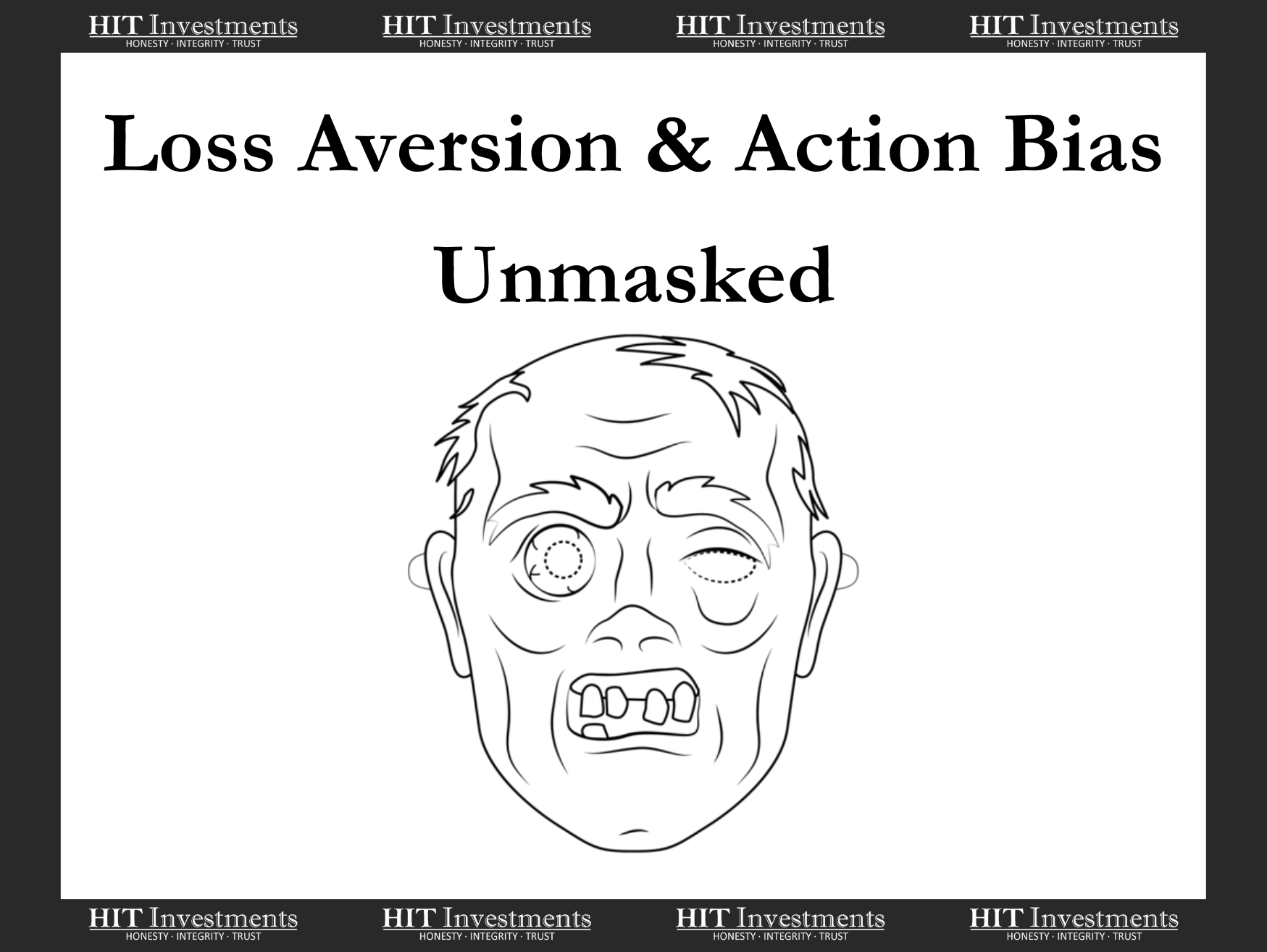
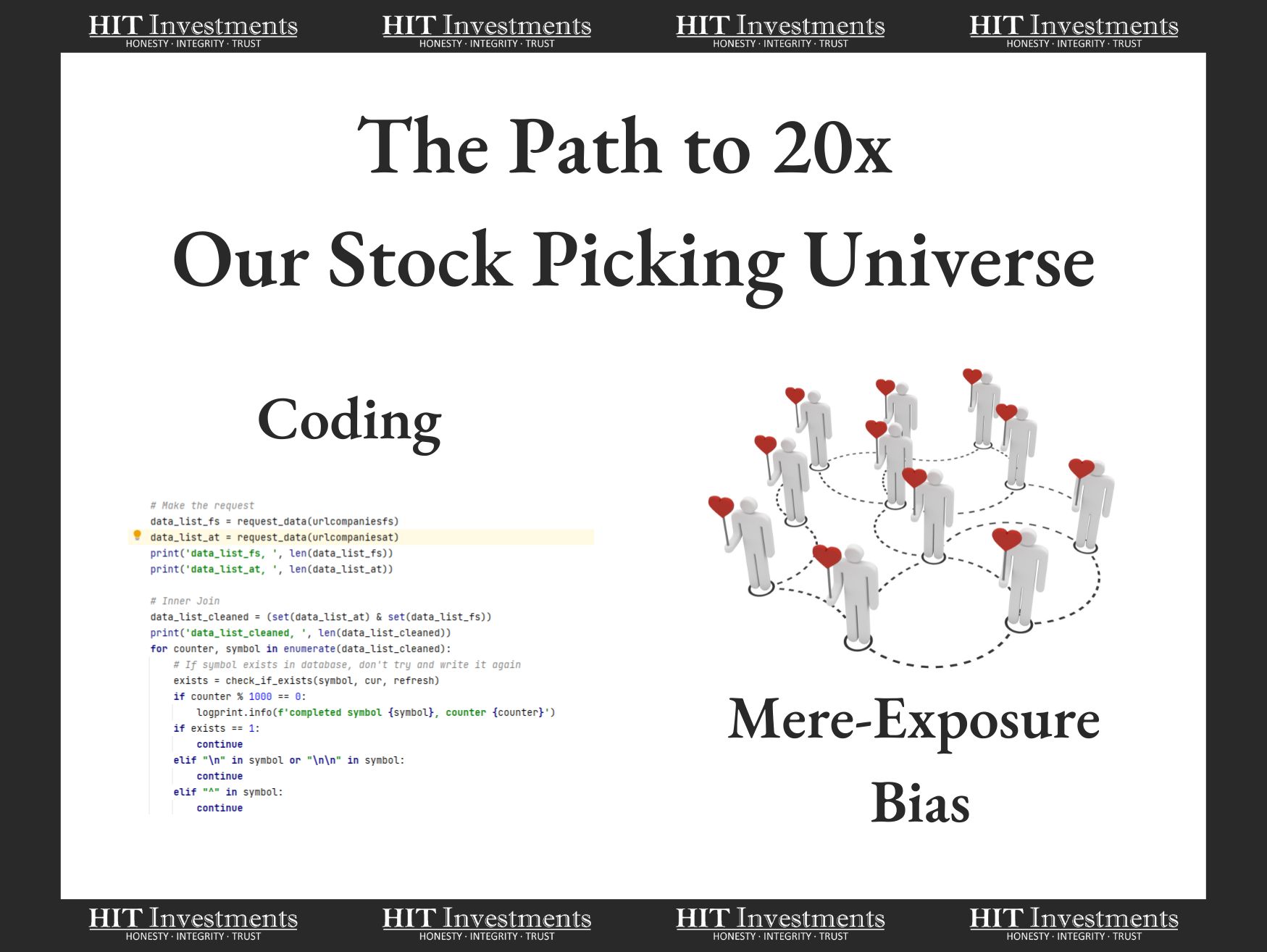
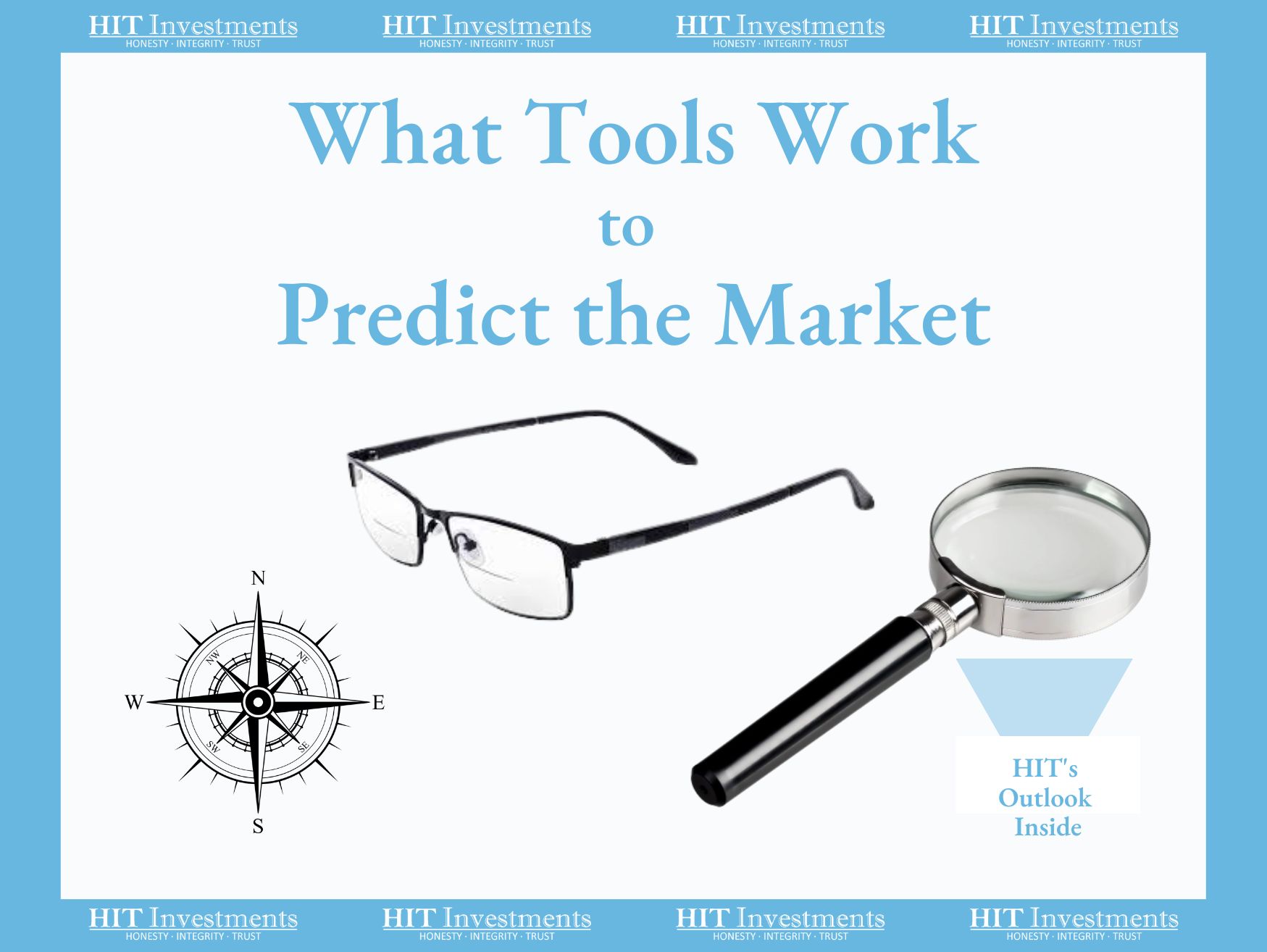
Leave A Comment